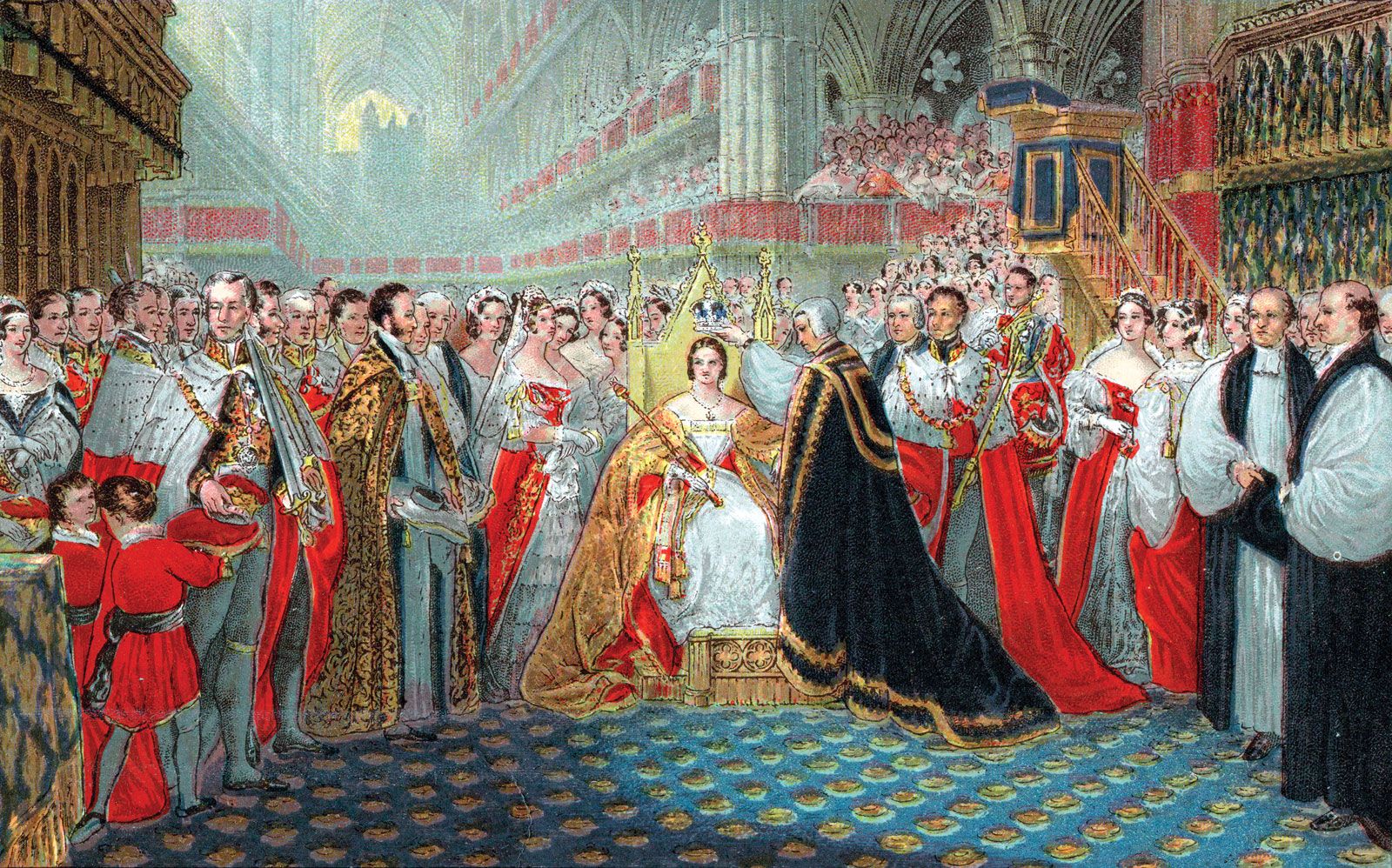
**The Functionality of Reaction Times in Grasping Cognitive Mechanisms: A Historical and Contemporary Viewpoint**
For a considerable period, reaction times have captivated researchers, acting as a fundamental instrument for delving into cognitive mechanisms. Even prior to the formal establishment of psychology as a discipline, the measurement of reaction times had been employed to evaluate mental capabilities. In today’s cognitive psychology, these measurements continue to be a cornerstone, shedding light on how various conditions affect cognitive processing.
The historical importance of reaction time research can be linked to the contributions of Sir Francis Galton, an early eugenicist and statistician. During the late 19th century, Galton compiled an extensive dataset of simple reaction times from 3,410 participants. His main interest centered on employing reaction times to investigate individual differences, hypothesizing that disparities in processing speed could signify differences in intelligence. This perspective positioned reaction times as a potential marker of cognitive competencies, a viewpoint that still holds relevance in contemporary studies.
Galton’s dataset raises thought-provoking questions for today’s comparisons. One key inquiry is: are individuals currently faster or slower in their reaction times than those in Galton’s time? If Galton’s theory is accurate, discrepancies might not only reveal physical quickness suitable for a rapid-response competition but also reflect wider generational transitions in cognitive abilities.
The Flynn Effect, which describes the significant generational rise in IQ scores, serves as the most prominent example of transformations in cognitive functions over time. Notably, various studies have revisited Galton’s findings to contrast them with contemporary reaction time outcomes, aiming to comprehend the relationship between these two metrics. Researchers including Silverman (2010) discovered that, with few exceptions, modern reaction times are generally slower than those documented by Galton.
Silverman’s finding is visually supported by Woodley et al. (2015), who compared reaction times from multiple extensive studies in the UK over a century. Their findings reflect a slight increase of 20 milliseconds, representing about a 10% slower reaction time in present-day participants. Although this difference may appear minor, in the context of reaction time studies, it indicates a significant variation.
Current discussions surrounding these results contemplate their implications: Do they imply an actual drop in cognitive functioning, a higher cognitive burden on other mental processes, changes in motivation, or even variations in experimental techniques? The scarcity of historical data limits these discussions, as verifying such conclusions without intervening studies proves difficult.
Despite these challenges, it is vital to refrain from prematurely asserting that newer generations exhibit cognitive deficits. A myriad of elements such as technological adaptation, advancements in education, and shifts in lifestyle could impact current reaction times and their interpretations. Cognitive functions, after all, are intricate and cannot be exclusively gauged by reaction speeds. The dialogue remains ongoing, promoting continual investigation into these intriguing historical and cognitive aspects.
**References:**
– Irwin, W. S. (2010). *Simple reaction time: it is not what it used to be*. American Journal of Psychology, 123(1), 39-50.
– Woodley, M. A., Te Nijenhuis, J., & Murphy, R. (2013). *Were the Victorians cleverer than us? The decline in general intelligence estimated from a meta-analysis of the slowing of simple reaction time*. Intelligence, 41(6), 843-850.
– Woodley, M. A., te Nijenhuis, J., & Murphy, R. (2015). *The Victorians were still faster than us. Commentary: Factors influencing the latency of simple reaction time*. Frontiers in Human Neuroscience, 9, 452.